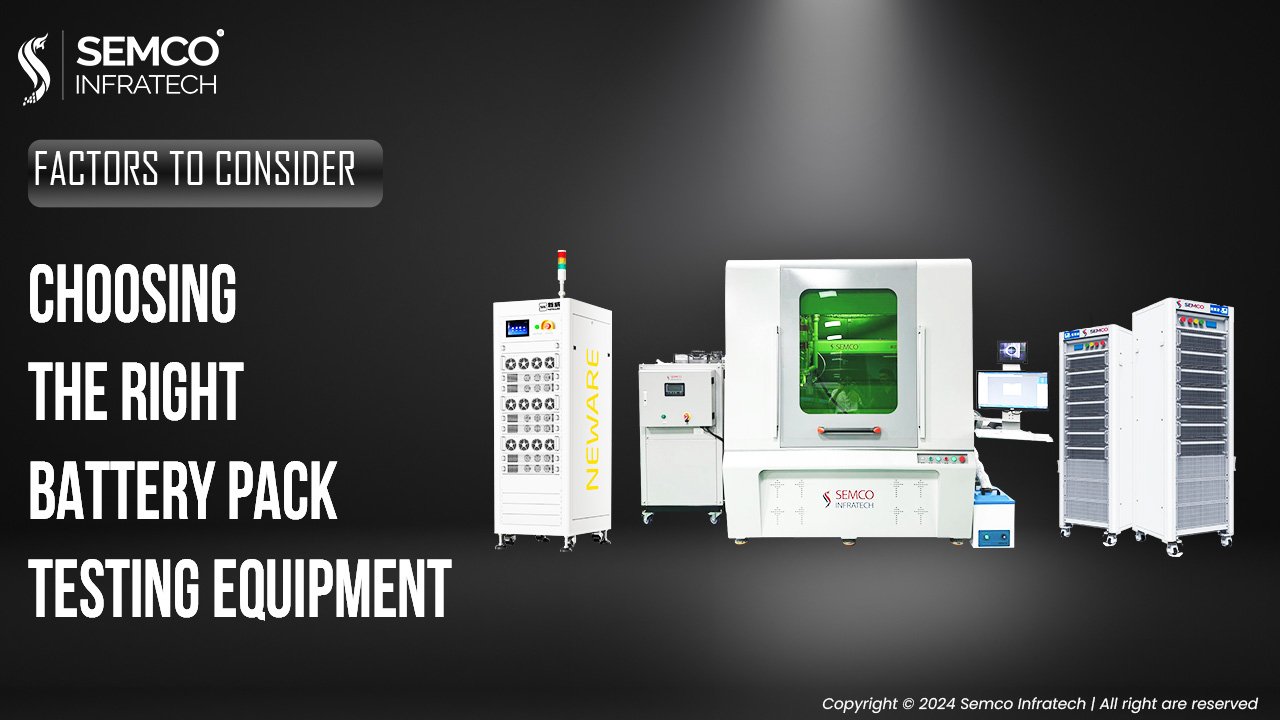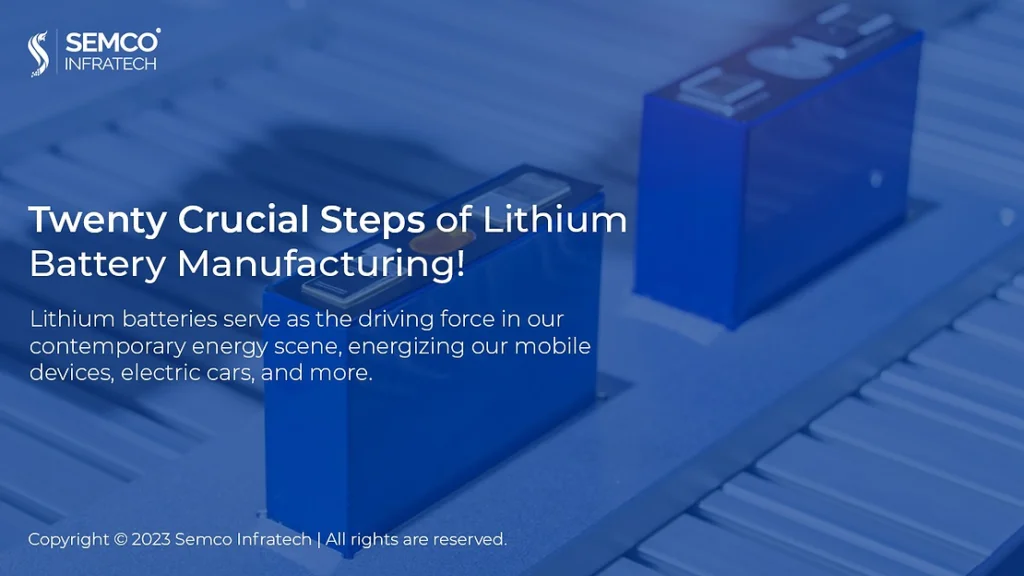The electric vehicle and energy storage markets have been on a relentless rise, attracting an influx of newcomers and partners to the battery industry. For those transitioning from academia to industry or anyone new to this dynamic field, it’s essential to grasp the fundamental components of power batteries. Today, we’ll explore the three most crucial elements: cells, battery modules, and battery packs.
1. Cells: The Building Blocks
Cells serve as the fundamental building blocks of power batteries, typically lithium-ion batteries. These cells offer a working voltage ranging between 3V and 5V, which, although respectable, is insufficient for providing the high voltage and capacity needed to propel electric vehicles. As a result, cells are connected in series to form a battery module. Series connections elevate voltage, while parallel connections increase capacity.
There are three common types of cells:
- Cylindrical Cells: These are compact, tubular batteries often seen in consumer electronics.
- Prismatic Cells: These come in rectangular shapes and are typically used in portable electronics and energy storage systems.
- Pouch Cells: These cells are made of flexible aluminum-plastic film and are versatile in shape and design, making them suitable for a variety of applications.
It’s essential to note that the choice between square and soft-packed cells is largely dependent on specific requirements and material properties.
2. Battery Modules: Structured Assemblies
Given that a battery pack comprises thousands of individual cells, managing them all effectively requires a structural organization. This is where battery modules come into play. Cells are initially connected and housed within frames to form these modules. Various battery assembly equipment are used to form packs from cells and provide an additional layer of protection, shielding cells from external factors such as heat and vibration.
An example of a battery module can be found in Tesla’s electric vehicles. The Tesla battery module consists of multiple cells, offering robust energy storage and a safeguarded structure.
3. Battery Packs: The Powerhouses
Multiple battery modules are connected in series, and a battery management system (BMS) is incorporated along with cooling equipment for temperature and voltage regulation. This integration gives rise to a formidable battery pack. Essentially, a battery pack is the form in which multiple cells are installed in an electric vehicle, providing the necessary energy to power the vehicle. An instance of this configuration is the BMW i3’s battery, which contains a total of 96 cells. In this arrangement, 12 cells form a module, and eight modules combine to create the battery pack.
The table below summarizes the key distinctions between cells, battery modules, and battery packs:
Table 1: Cell vs. Module vs. Pack
| Component | Function | Structure |
| Cell | Basic building blocks | Tubular, rectangular, or flexible shape |
| Module | Organized cell assemblies | Framed configuration with added protection |
| Pack | Integrated energy source | Multiple modules with management system |
4. Battery Pack Assembly: A Comprehensive Process
In general, assembling a battery pack is a systematic process that involves moving from cells to modules and eventually to the battery pack. Each step plays a crucial role in ensuring the efficient operation of the battery system. This system is called a Lithium-ion battery pack assembly line. after understanding cells, modules, and packs, the assembly line completes the list of fundamental components to know about lithium-ion batteries.
In conclusion, understanding these fundamental components—cells, battery modules, and battery packs—lays the groundwork for navigating the intricate world of power batteries. As the electric vehicle and energy storage sectors continue to advance, this knowledge becomes increasingly essential for both newcomers and industry experts alike.






Please calculate how much energy a shop compressor will hold, and contrast that to the price and service life of one.
Shop compressors store potential energy in the compressed air, not thermal energy. Unlike a battery, this compressed air isn’t directly usable energy. However, the compressed air can be used to perform work, and there’s a conversion of energy when the pressure is released.
We can estimate the theoretical potential energy stored using the ideal gas law:
PV = nRT
where:
* P is the pressure (absolute) in the tank
* V is the volume of the tank
* n is the number of moles of gas in the tank (assumed constant)
* R is the gas constant (specific to the type of gas)
* T is the temperature (absolute)
Here’s a simplified example:
Let’s say you have a 20-liter tank rated for 10 bar (gauge pressure). Assuming atmospheric pressure as the base pressure, the absolute pressure in the tank would be 11 bar (10 bar + 1 bar). Converting bars to Pascals (Pa) and using the ideal gas constant for air (around 8.314 J/mol*K) and an assumed room temperature (293 Kelvin), we can calculate the theoretical potential energy stored.
This calculation gives you a value in Joules. To get a more usable figure, you can convert it to kilowatt-hours (kWh).
**Important to note:**
* This is a simplified example and assumes ideal gas behavior, which isn’t entirely accurate in real-world scenarios.
* The actual energy available from the compressor will be lower due to factors like friction and inefficiencies in the system.
**Shop compressor price and service life:**
Shop compressor prices can range widely depending on factors like size, power, and brand. Generally, they can cost anywhere from $100 to over $1000. Service life can also vary depending on usage and maintenance, but typically ranges from 5 to 15+ years.
In conclusion, while a shop compressor stores potential energy in the compressed air, the focus is typically on the compressed air’s ability to do work rather than the stored energy itself. The price and service life depend on various factors and are more relevant considerations when choosing a shop compressor.
Yes, seasonal storage really needs to be cheap as hell. And why I personally don’t think seasonal storage is “the right move”.Wind at least where I live would though be 2 cycles per year since it mainly blows during spring and autumn, but still…Day to night variations is likely the best option, effectively cutting out the low efficiency generation facilities from the grid since with enough storage one won’t need “peak power” from generators. Week to week storage is also likely quite viable, since some weeks are better than others.But just running factories when there is most power available for them is also a wise move. Have seen some ideas thrown about using a algae bioreactor, since one can then turn the algae into what effectively is crude oil. And the rate at which one can expand a pond of algae is quite impressive, so scaling it up along with increasing power availability isn’t hard. Or just run any other carbon capture to hydrocarbon process.But using power when power is most available is a good solution to not need as much storage in the grid.I for one try to avoid using extra power when I know there is a lack of it on the grid.